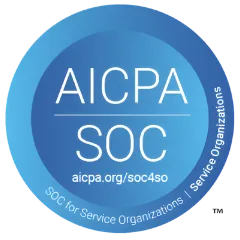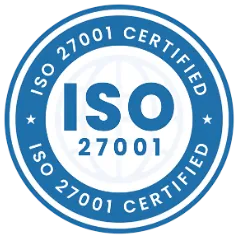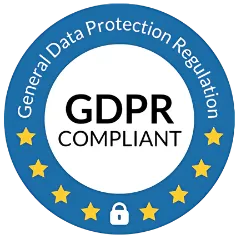Lots of organizations do not pay attention to their assets and pieces of equipment, who is using them and where are they located. These are particularly important questions but usually, they are ignored as a result assets are lost and nowhere to be found when they are required. Lots of employees waste their time finding the required assets and pieces of equipment. It also leads to delayed production work. Overall, the top line and bottom line suffer. To avoid these types of scenarios, Industrial asset monitoring, and asset tracking is essential.
What Are Asset Tracking and Asset Monitoring?
Asset monitoring is also known as asset tracking. Asset monitoring is helpful in keeping track of the location and status of every asset belonging to the organization.
You can get crucial information such as a certain name asset type, when the last maintenance is given, maintenance scheduling information, and so on.
For effective asset tracking, asset tracking software is utilized as they are helpful in providing the accurate location. Moreover, automated software sends alerts and notifications when assets leave the organization's premises.
When you have lots of inventory. This software provides a precise location in the huge warehouses, which is immensely helpful to employees to find inventory in no time. It saves time for employees as well.
Assets that are costly and vital for an organization must be monitored frequently & asset monitoring is helpful in achieving that. For example, in the construction industry assets are more frequently from one place to another. You can keep track of assets easily with this software.
This software provides real-time information about assets such as who is using them, and how frequently the asset is utilized. This type of information is extremely useful in making an informed decision.
Recommend To Read: How Does Asset Optimization Help Small Business?
Furthermore, this software helps in avoiding asset theft and asset misplacement, which is a huge issue in all industries. Furthermore, it is helpful in finding & eliminating all ghost assets.
Ghost assets are assets mentioned in the account books, but physically they are not available. Ghost asset occurs when asset theft or asset misplacement occurs. Asset theft is a huge issue in all industries.
According to Statista, “the consequences of device theft or loss according to internet users worldwide as of June 2015. During the survey period, 25 percent of internet users reported that they permanently lost valuable personal assets such as photos, videos, etc. because of the theft or loss of a device.”
However, you can easily avoid it with asset monitoring & tracking software.
What Are the Best Practices of Asset Monitoring?
Best practices of asset monitoring are discussed below:

1. Eliminate Spreadsheet Utilization
Lots of organizations use spreadsheets for asset tracking and asset monitoring. However, spreadsheets are not effective as they are not accurate. For example, the inventory mentioned in the spreadsheet does not match with actual inventory numbers.
Similarly, the asset location mentioned in the spreadsheet does not match the actual asset location. The reason is that lots of people access spreadsheets, and they unintentionally change the data.
Therefore, it is important that you do not use this practice for asset monitoring in business otherwise your business will only suffer from loss.
Missed To Read: What Is Asset Management Compliance? - A Detailed Guide
2. Utilize Tags & Labels
One of the most important assets monitoring practices is to utilize asset tags. These asset tags are helpful in asset tracking, monitoring & capturing crucial information. With this data, organizations can take informative and strategic business decisions.
You can gather information such as asset name, model number, purchasing date, purchasing cost, depreciation, asset life expectancy, owner, condition of the asset, last maintenance date, upcoming maintenance date, location, and so on.
3. Perform Depreciation Tracking
Asset monitoring can be used for depreciation tracking. Organizations can leverage depreciation organizations do not pay attention to the depreciation tracking. Depreciation tracking can be helpful in minimizing tax savings.
When you know about depreciation tracking, you can make strategic business decisions and data-driven decisions that are more accurate and effective rather than making business decisions based on assumptions.
4. Invest in Asset Management Software
Several problems can be resolved with the asset management software as they are helpful in several other aspects as well. It not only helps in asset tracking but also helps in maintaining assets and is helpful in improving the productivity of the organization and employees.
With this software, employees can get the exact location where the asset is located.
Conclusion
Asset monitoring can be useful for asset-intensive organizations. If you need to keep track of shipments, then industrial asset monitoring and tracking can also be used. As it helps inform other organizations about shipment location.
There is no doubt that asset tracking can enhance efficiency & save an organization’s unnecessary expenses by saving assets from theft & misplacement.
Also Read: A Complete Overview of Asset Labeling in the Asset Tracking Software
Frequently Asked Questions (FAQs)
Q.1 - What Are the Benefits of Asset Tracking?
Below, we have discussed the benefits of asset tracking:
1. Minimizing asset theft & asset misplacement
2. Enhancing business efficiency
3. Get Asset insights & make informative decisions.
4. Eliminating ghost assets
5. Increasing asset lifespan
Q.2 - What Are the Various Asset Tracking Techniques Available?
In the market, there are several types of asset tracking methods available such as barcode, QR (Quick Response) code, IoT (Internet of Things), RFID (Radio-frequency Identification), GPS (Global Positioning System), NFC (Near field communication), and BLE (Bluetooth low energy). All these techniques are helpful in providing accurate asset location and real-time information.
Q.3 - How Is Asset Tracking Done?
All asset tracking techniques come in the form of labels and tags. Now, these labels or tags are stickered to the asset & each tag has a unique identification number that is stored in the asset software system. However, you can get the best results when they are utilized with asset management software. Whenever this tag number is scanned, it automatically fetches all the information related to that particular asset. You get a lot of vital information from asset tracking that you can use for asset maintenance or enhancing asset life.

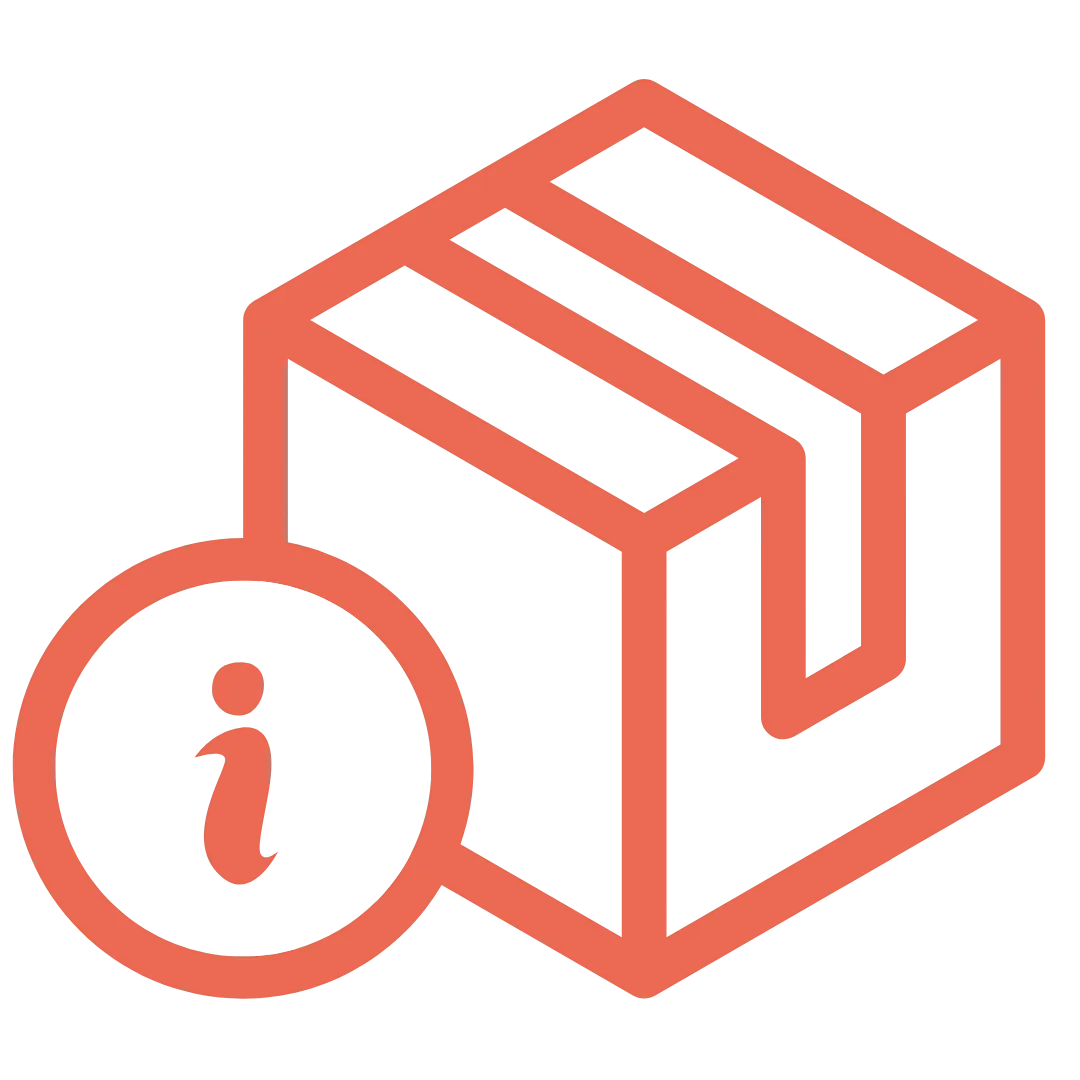
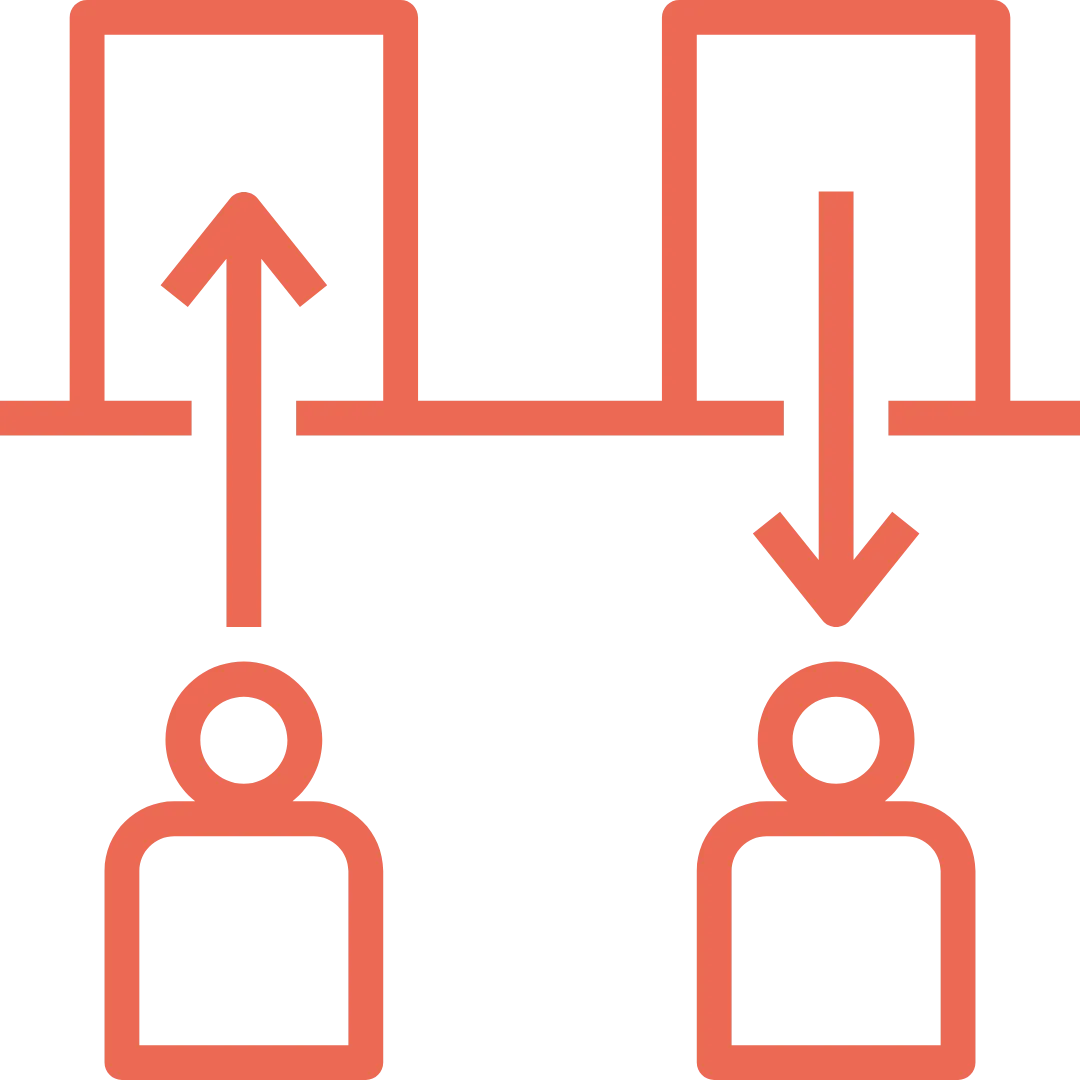
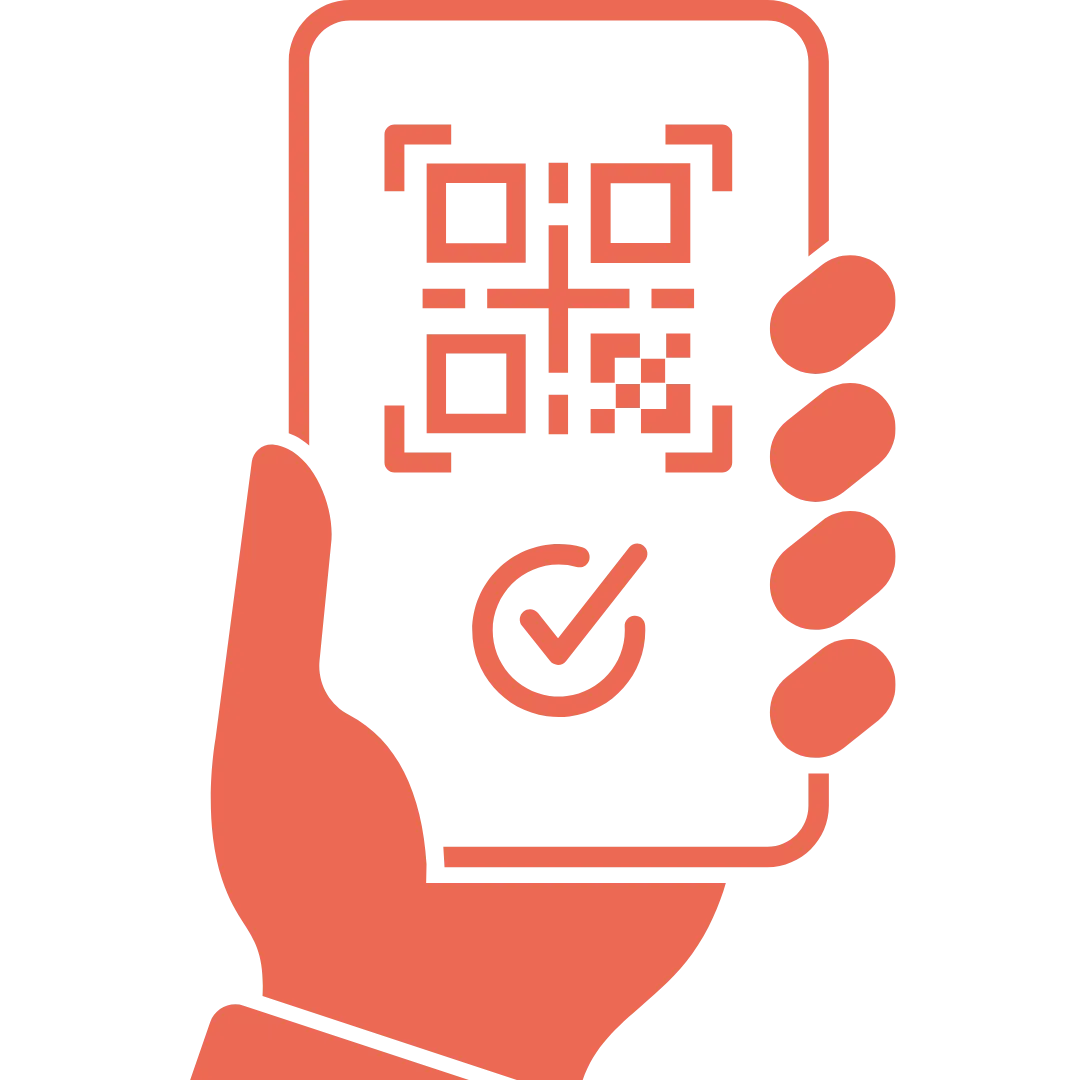


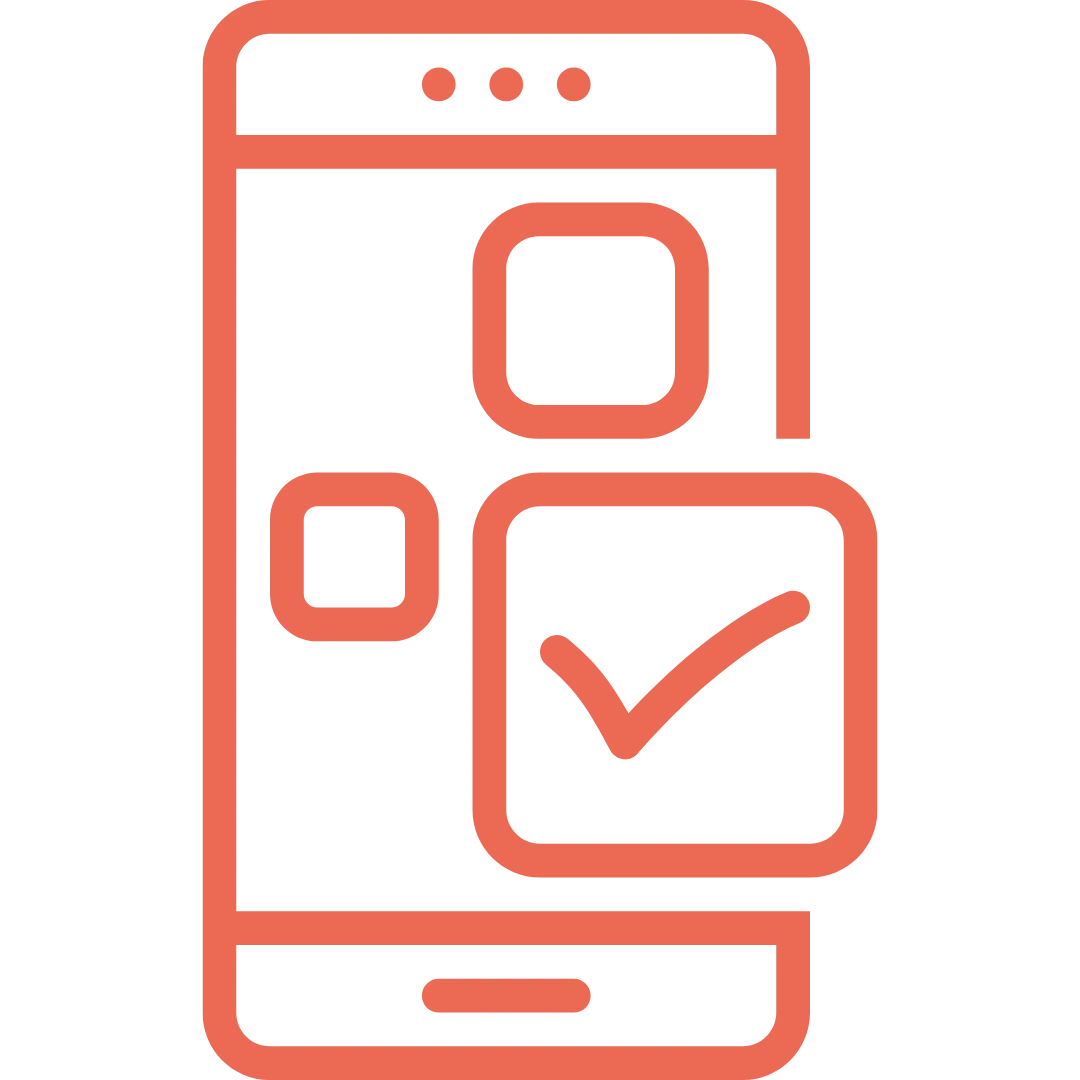


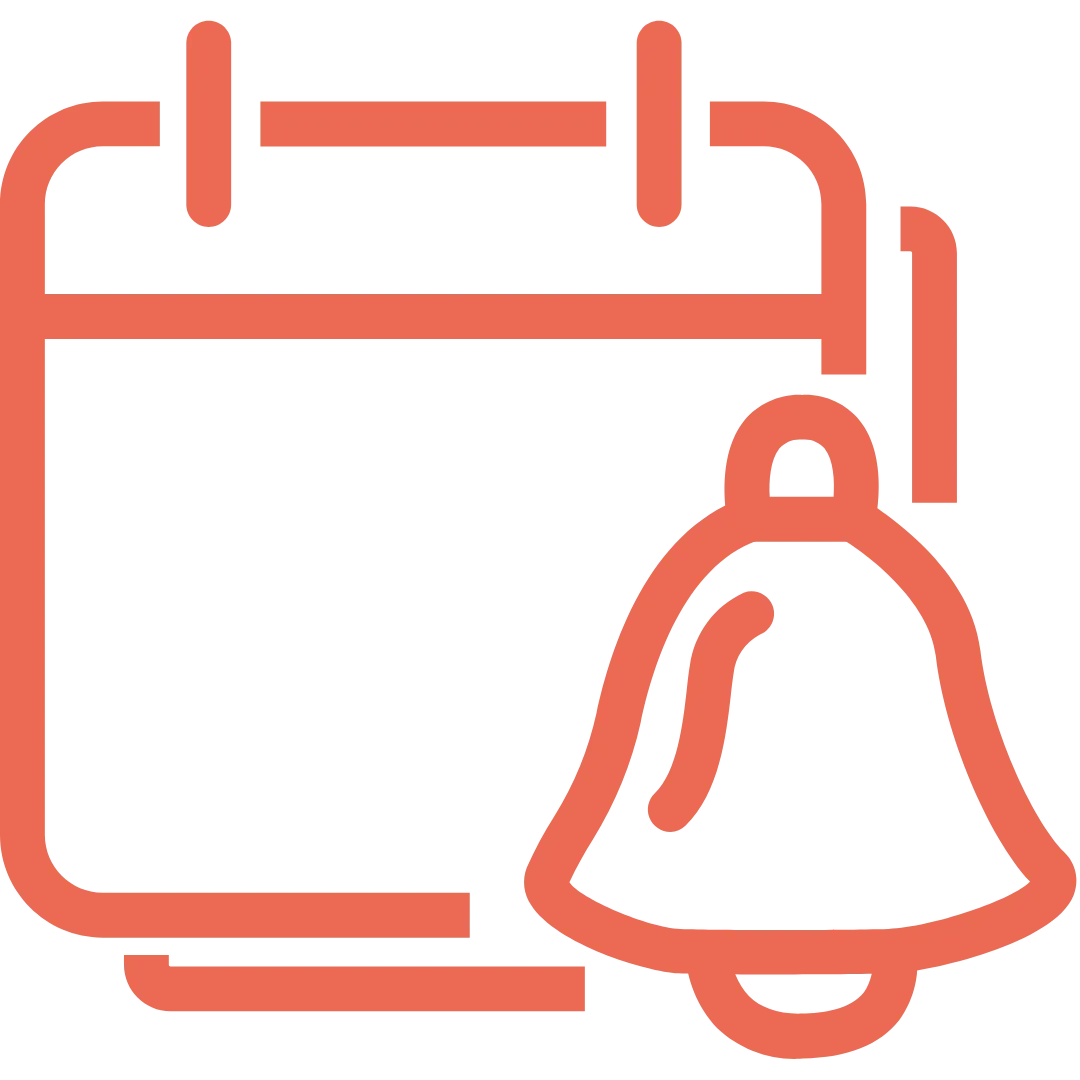

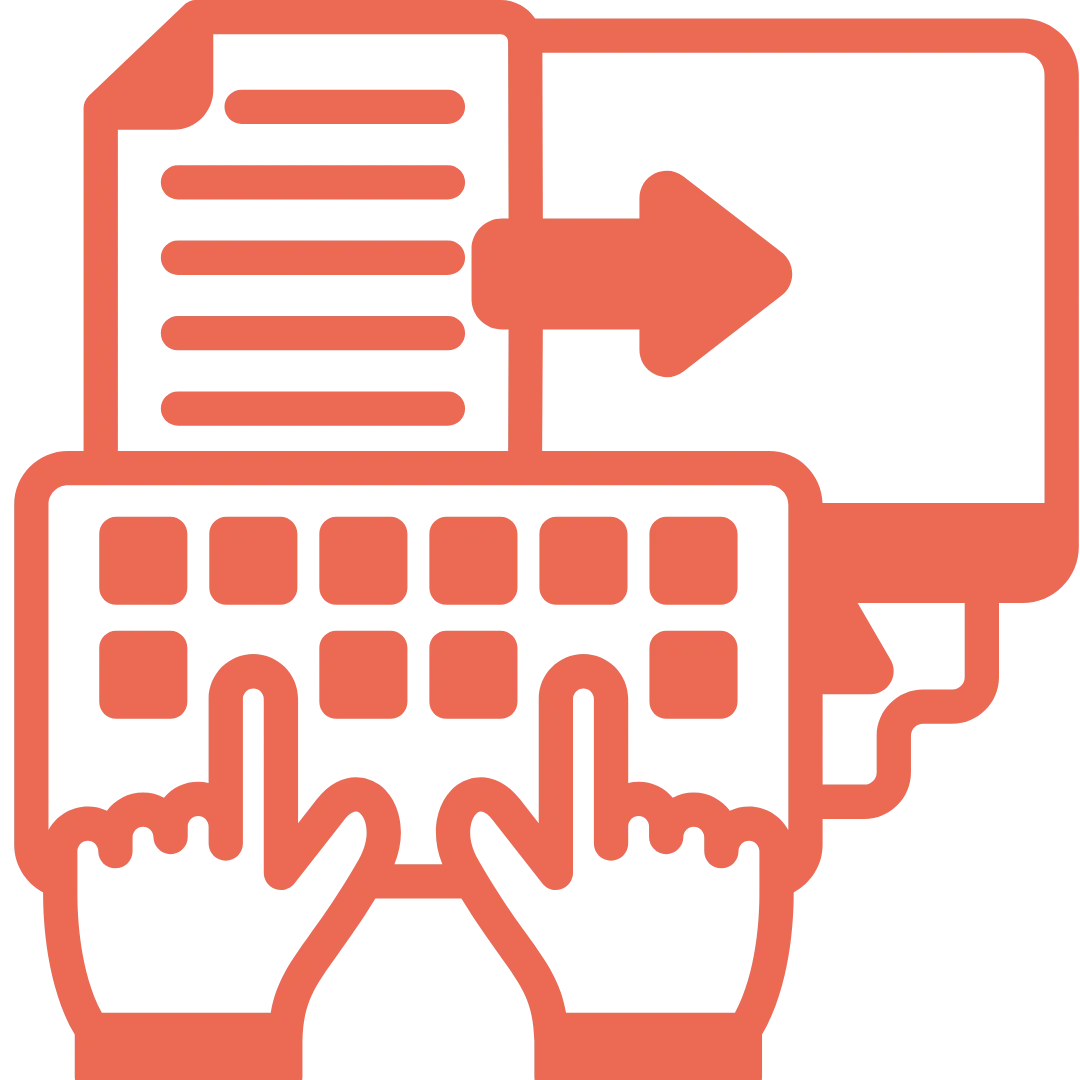
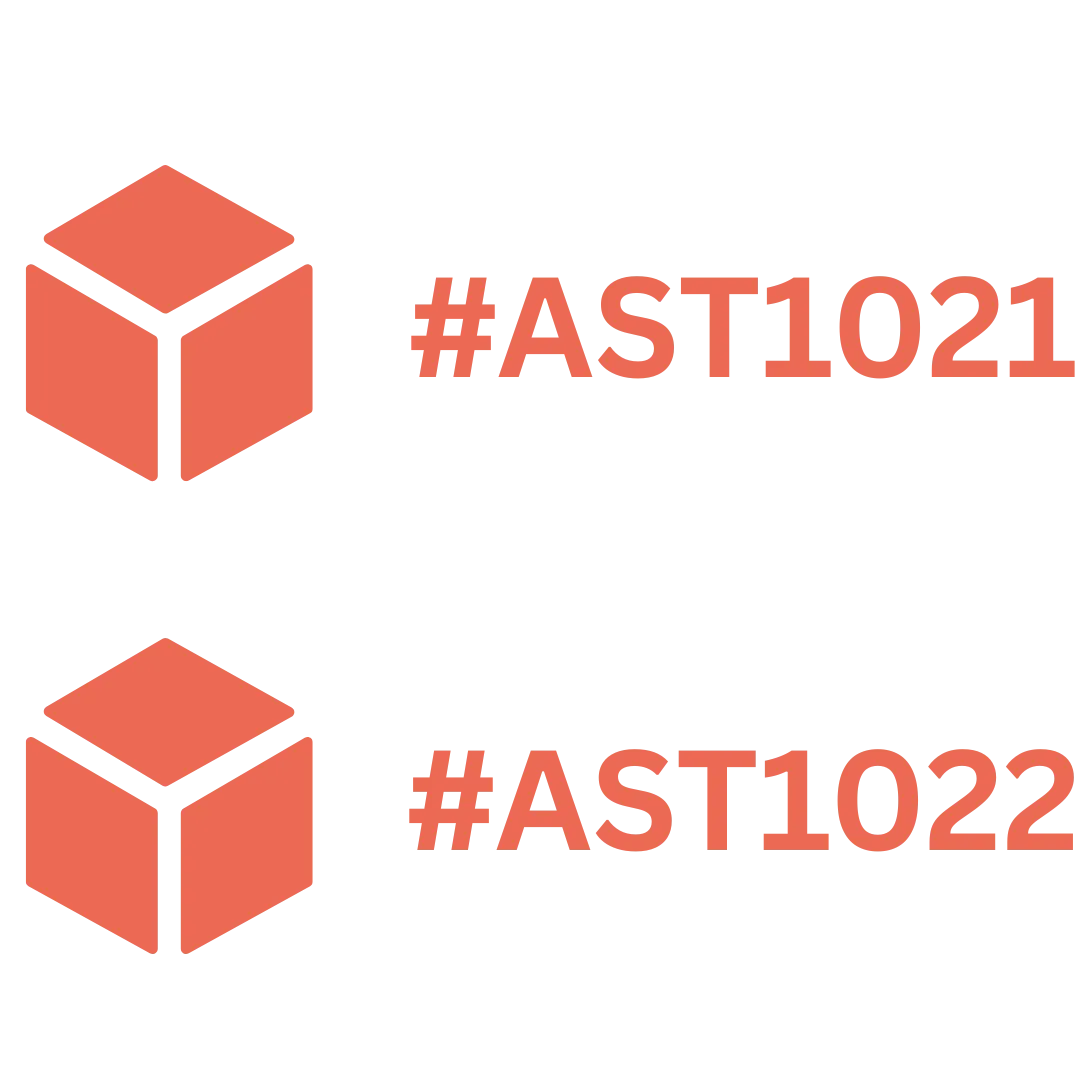
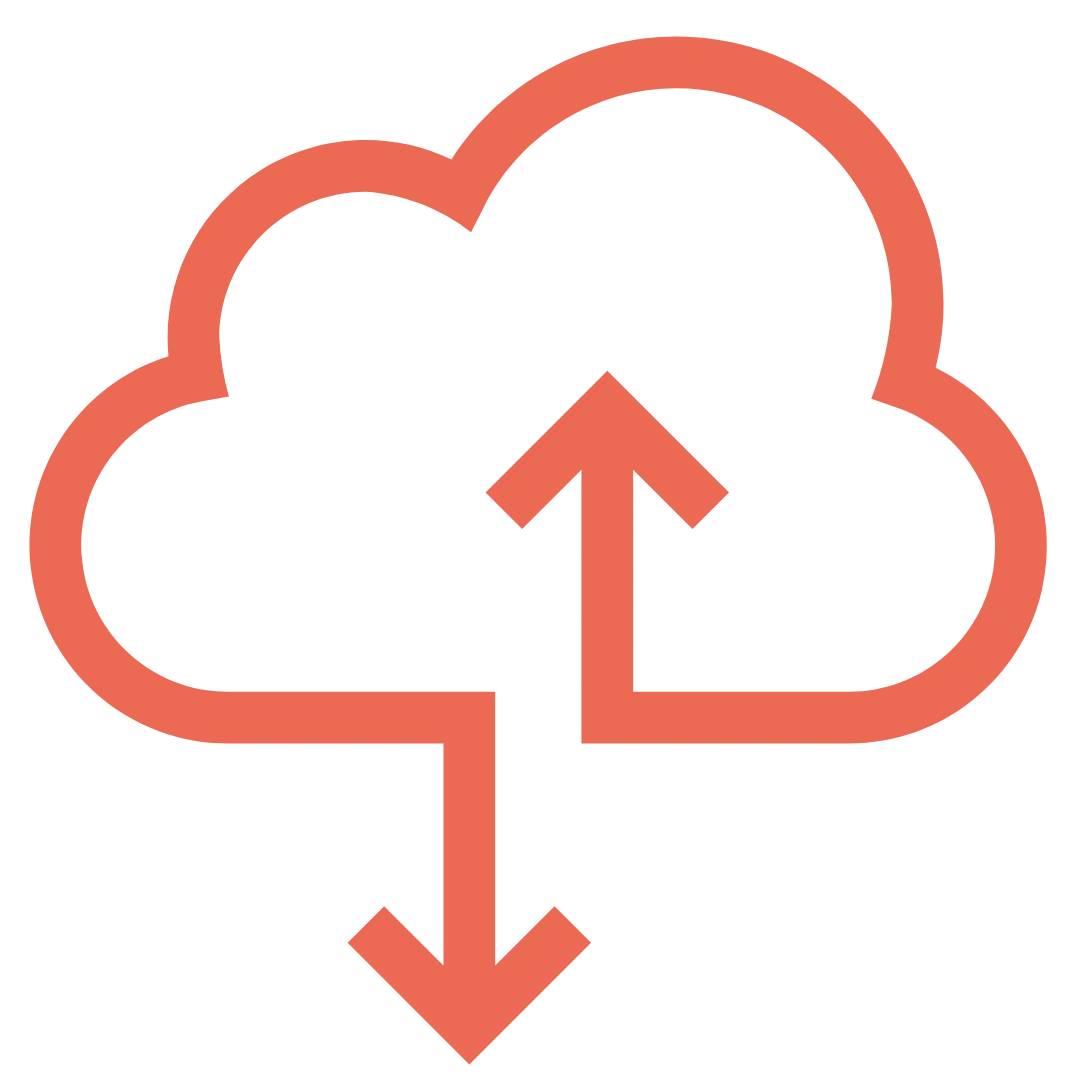

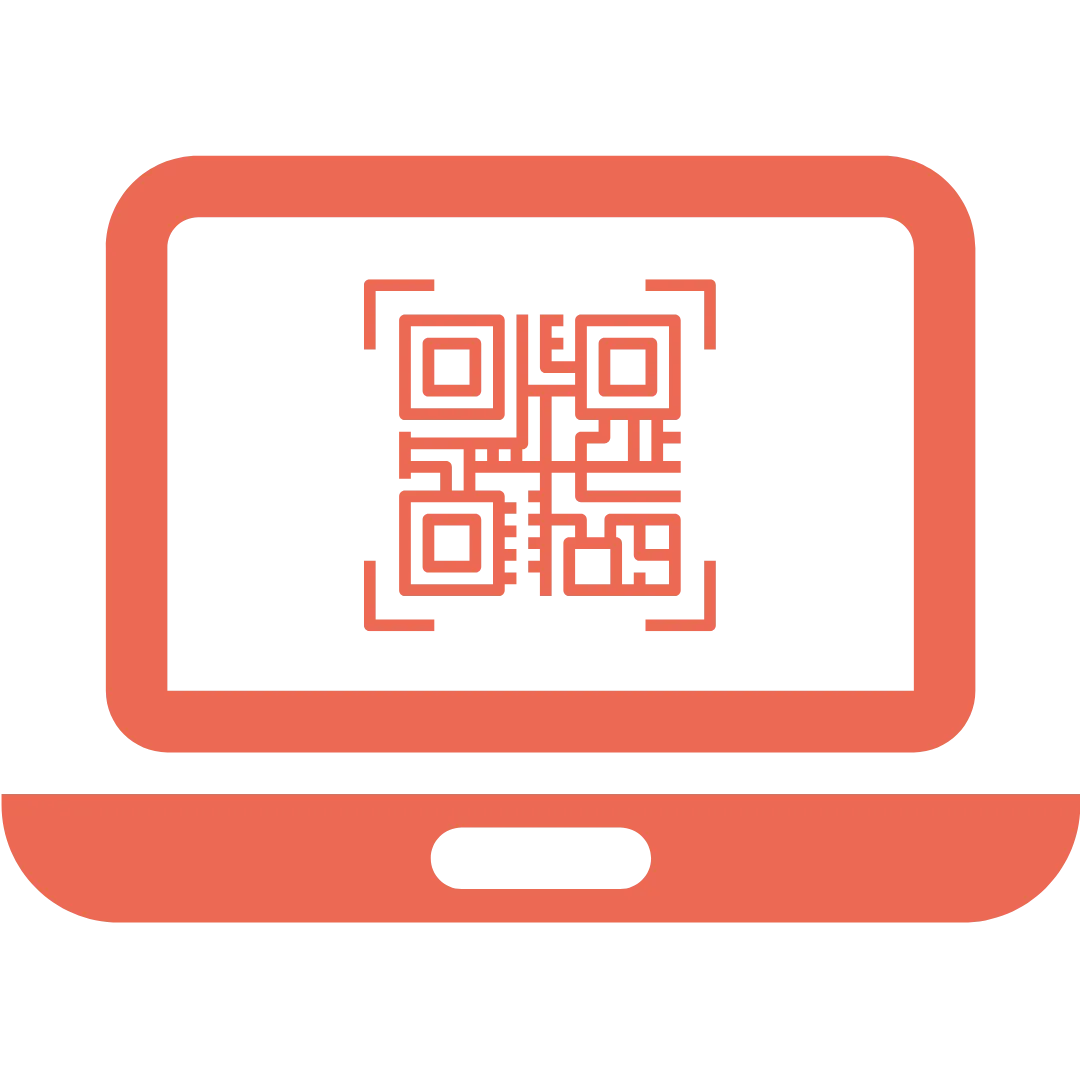
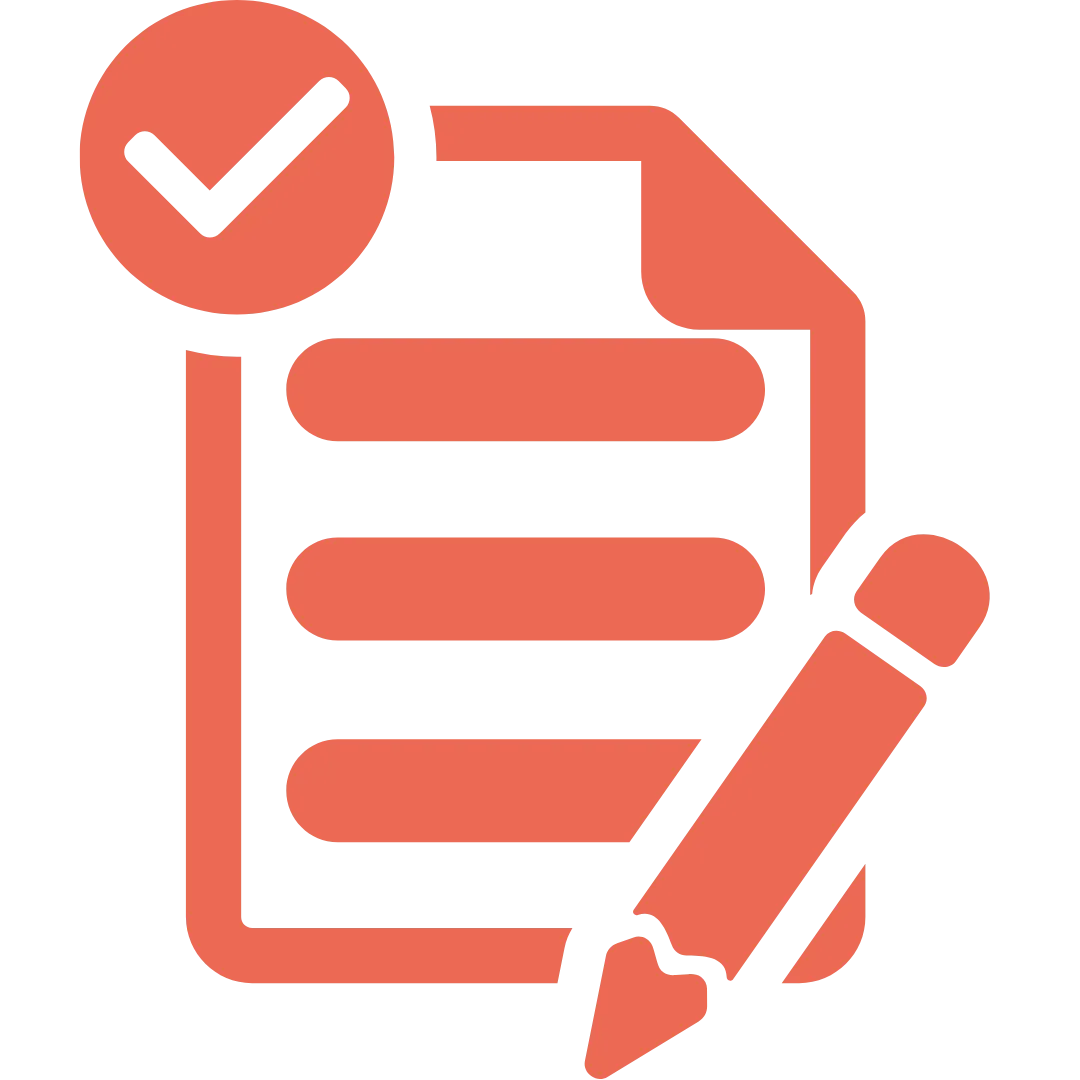

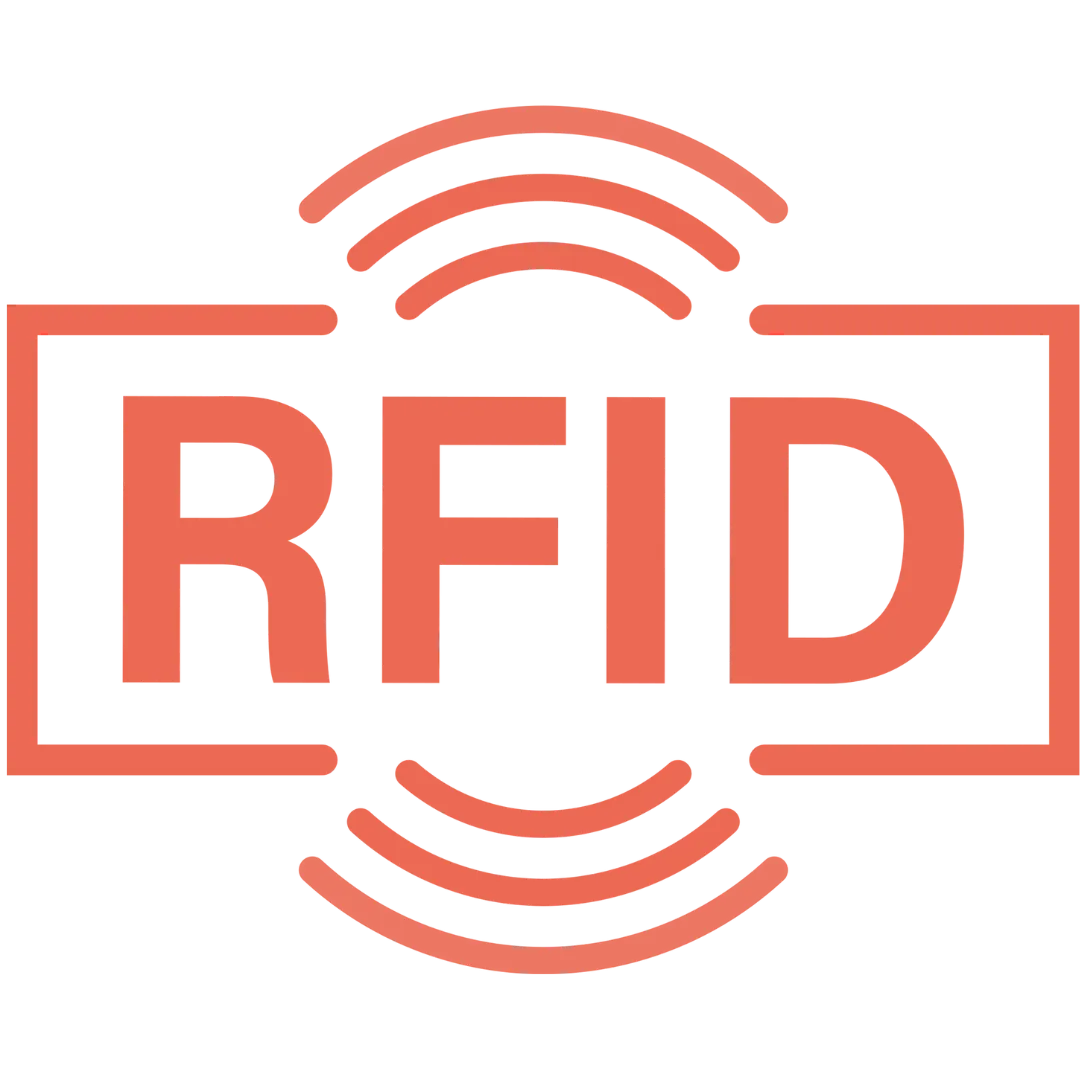
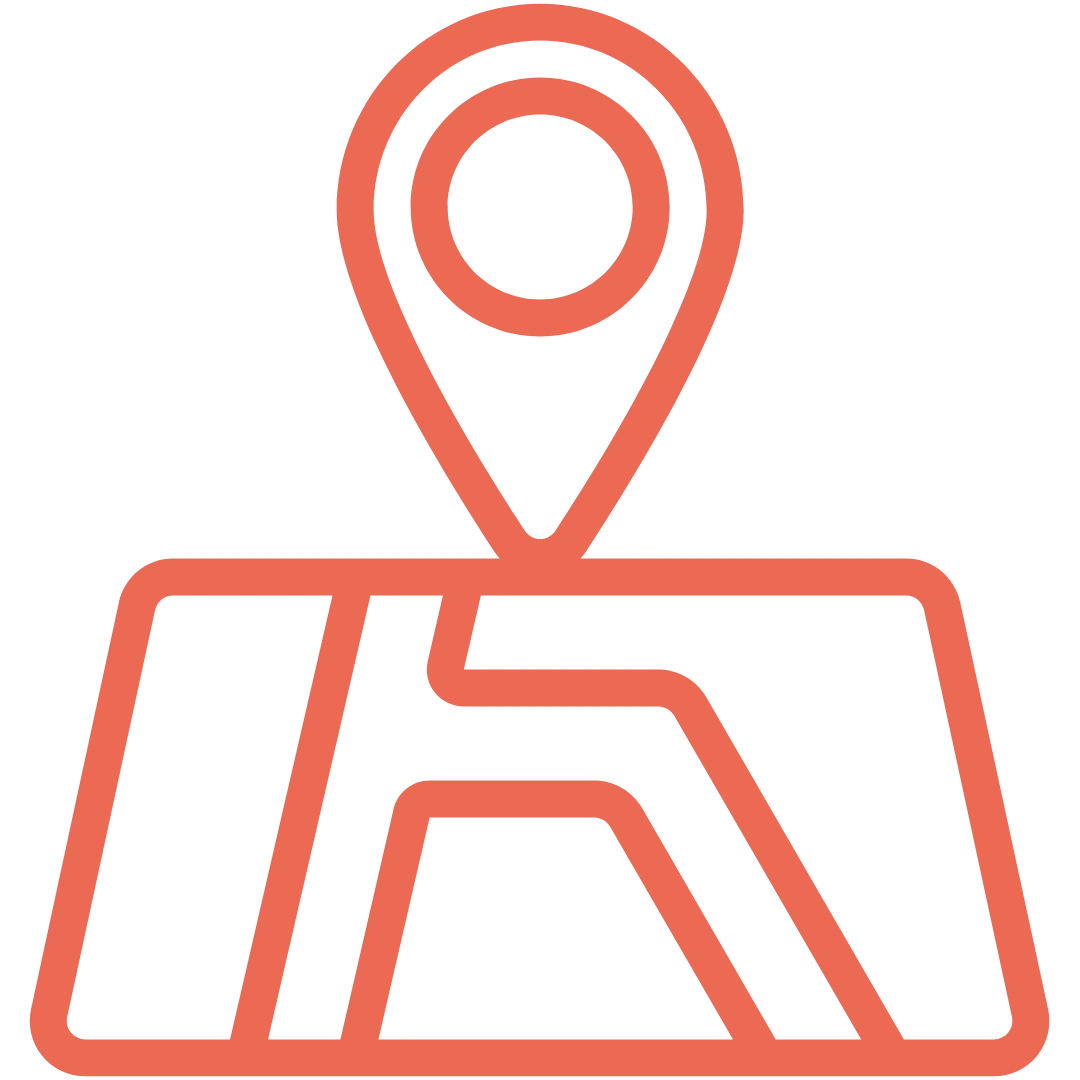
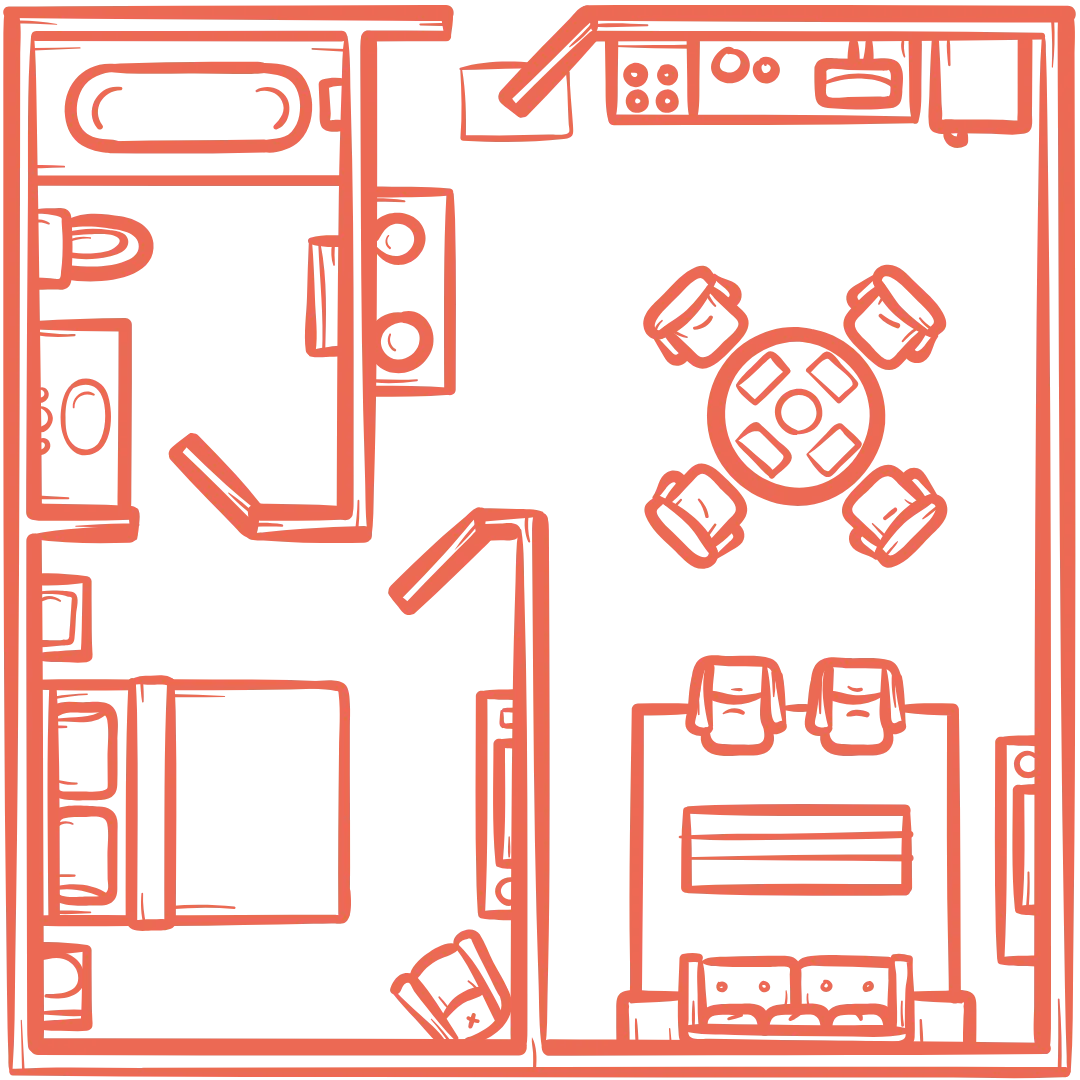




























.webp)
.webp)
.webp)
.webp)
.webp)
.webp)
.webp)
.webp)
.webp)

.svg)




.webp)
.webp)






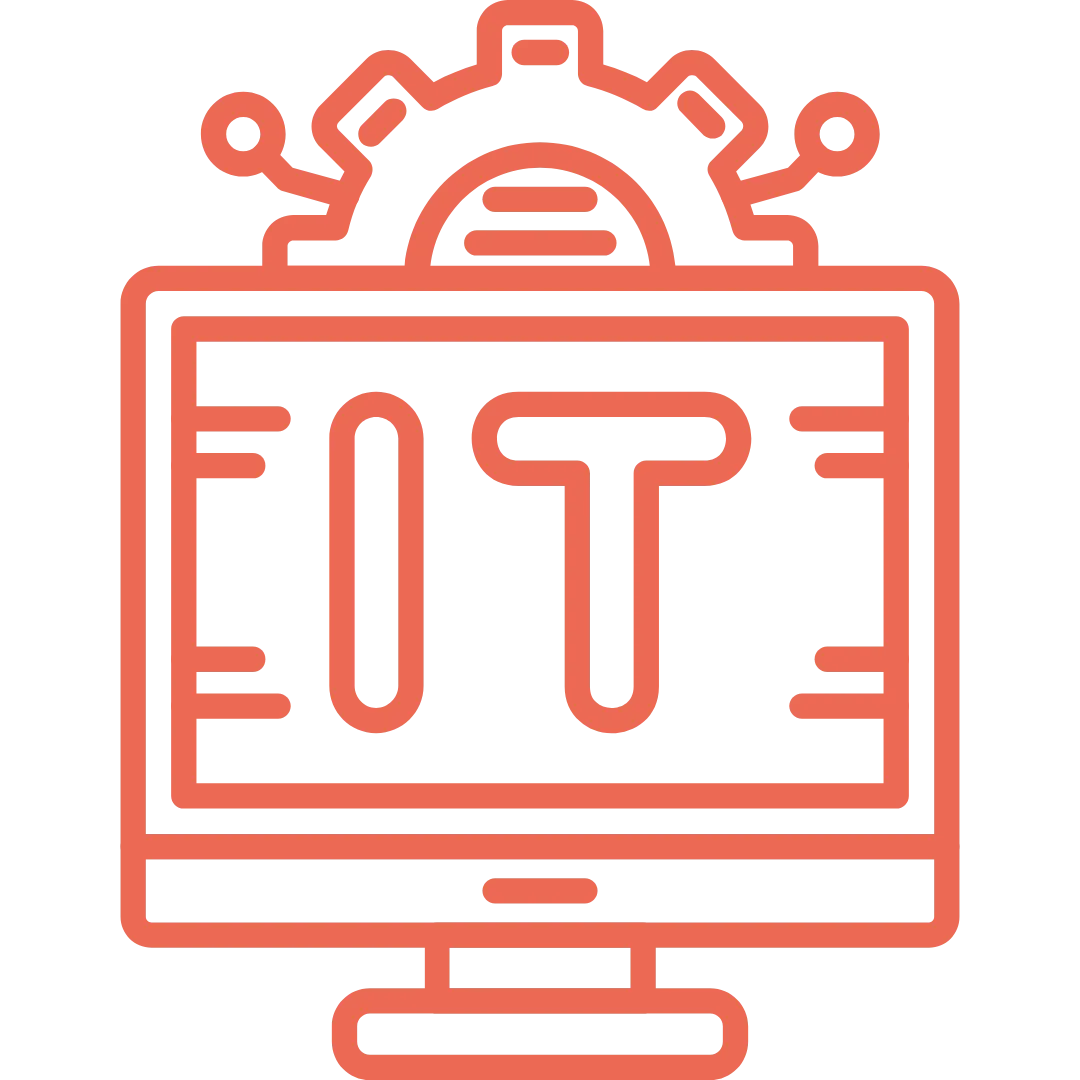


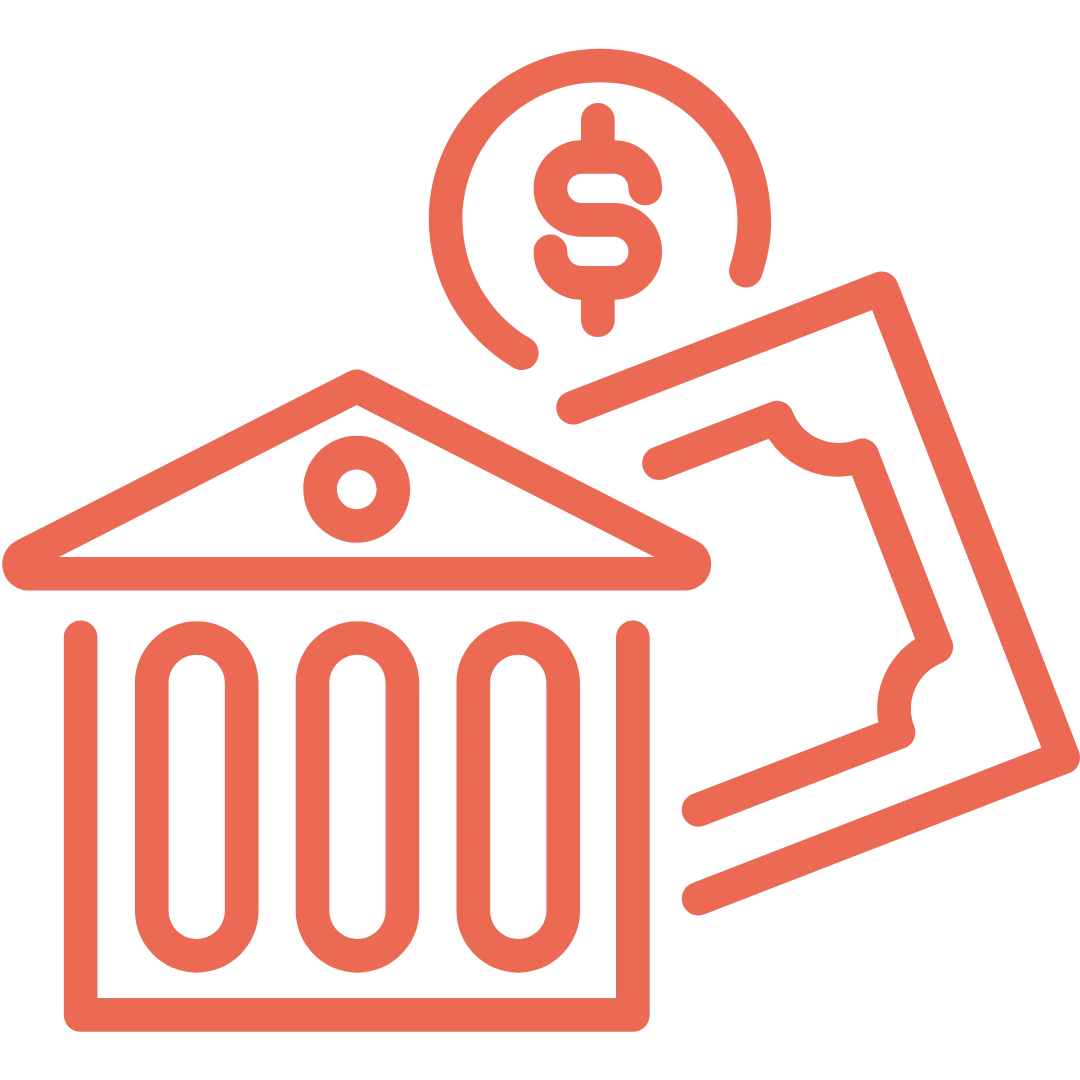




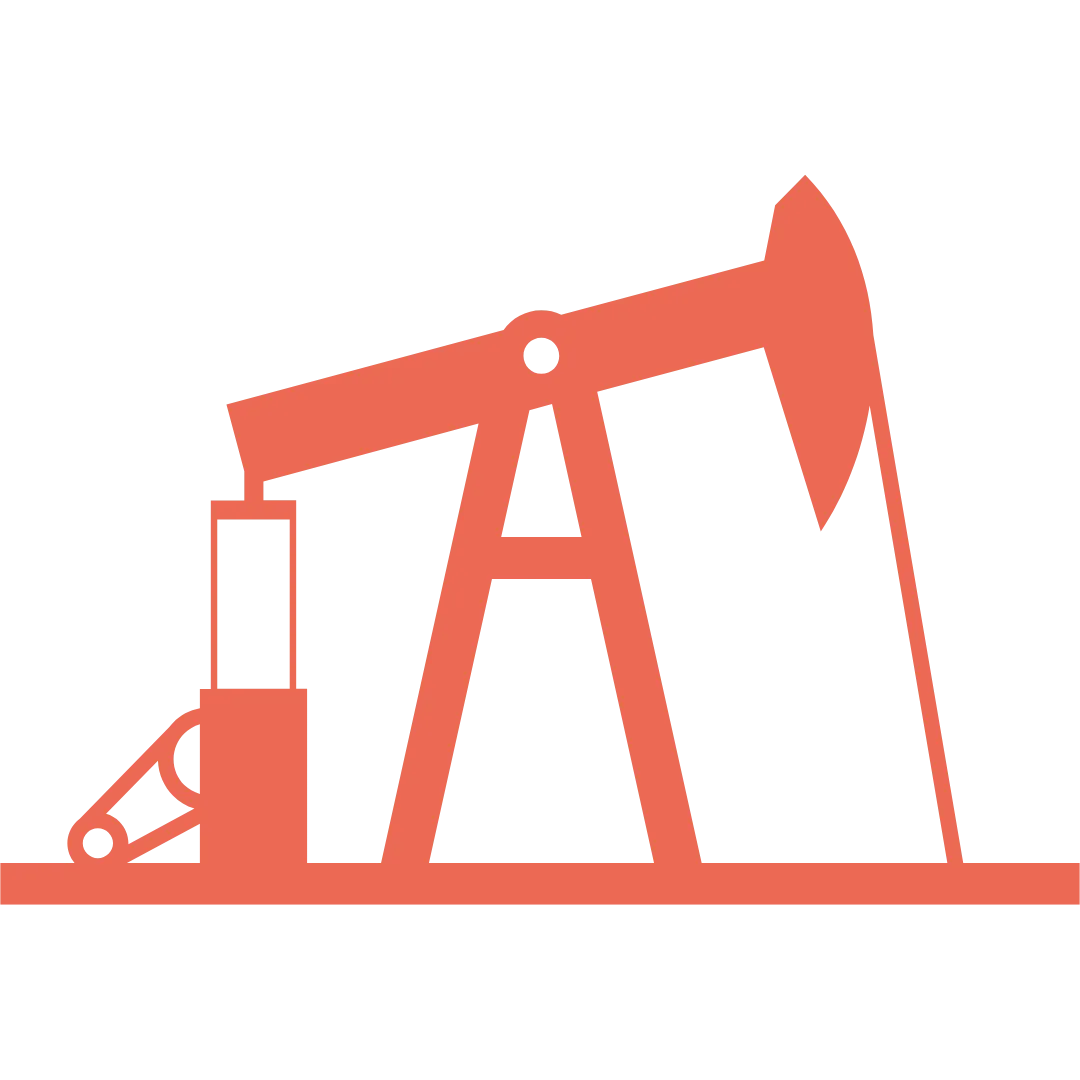
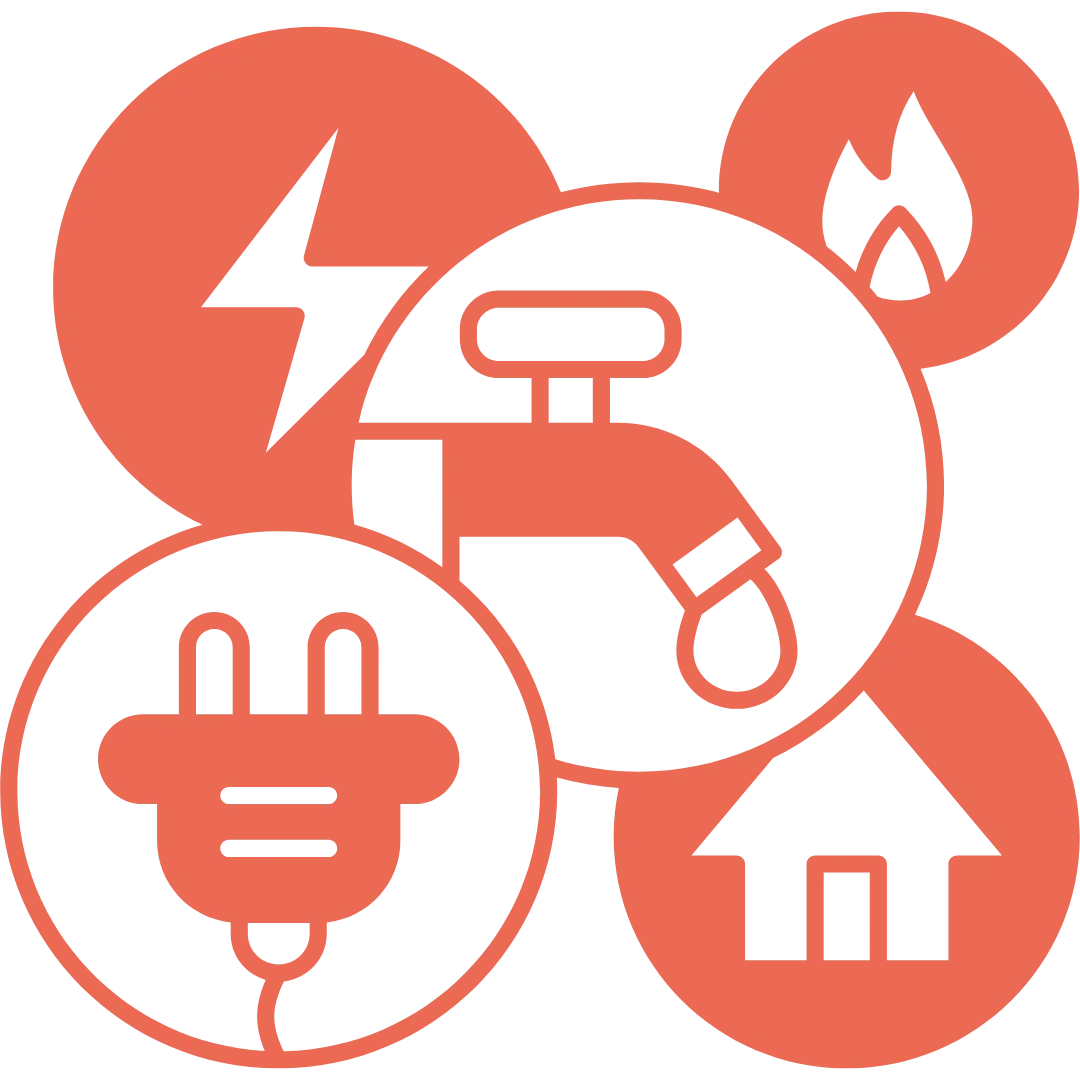


















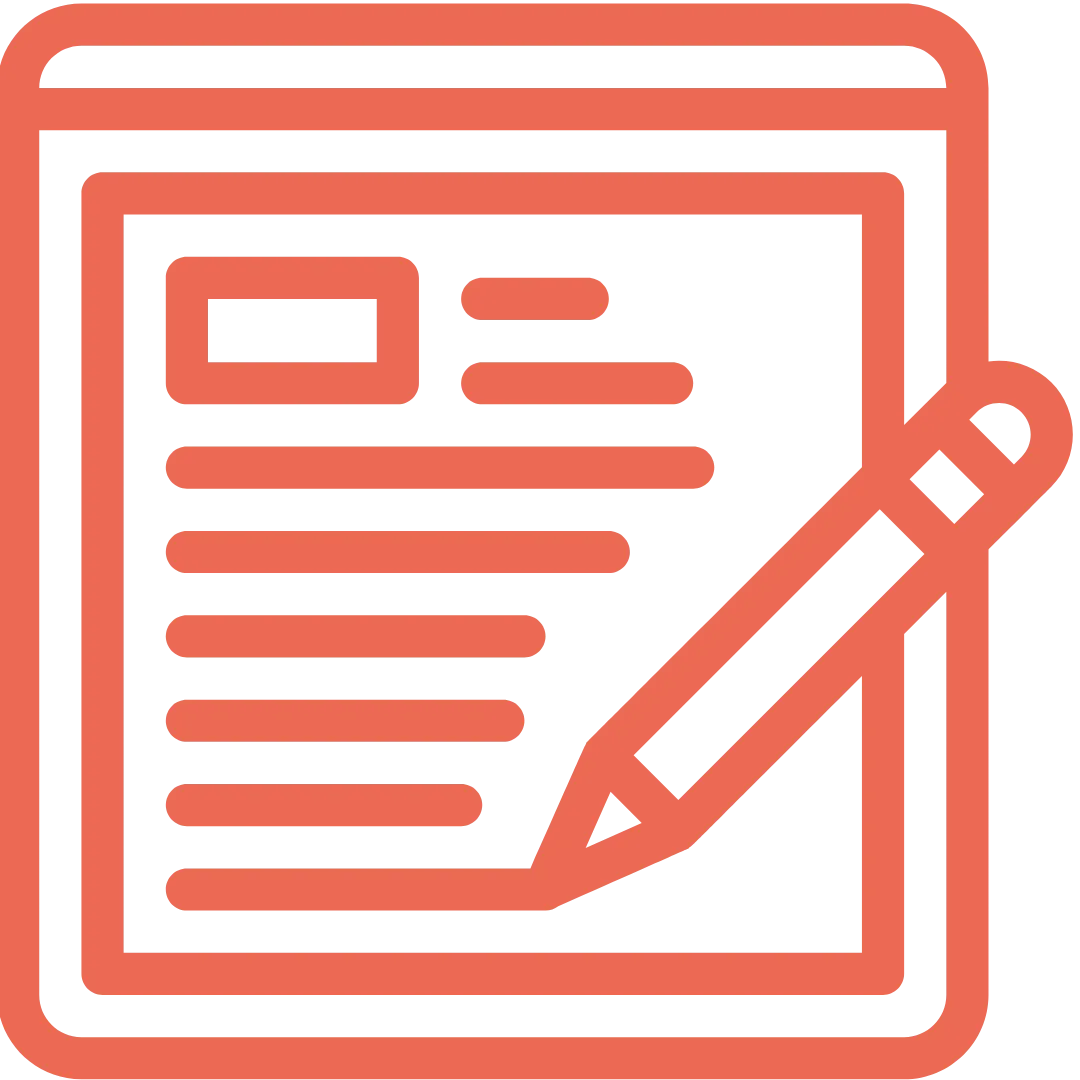

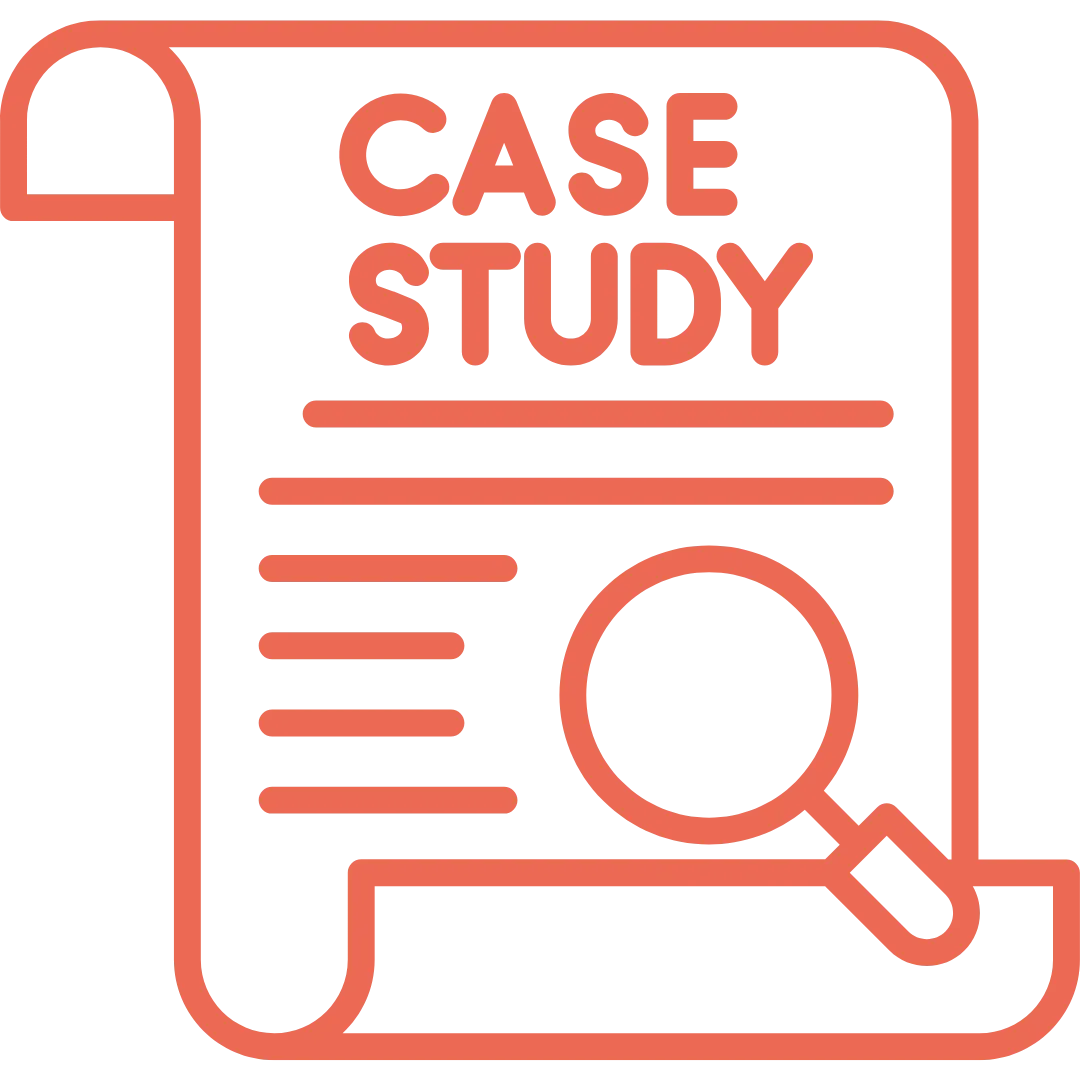






.png)


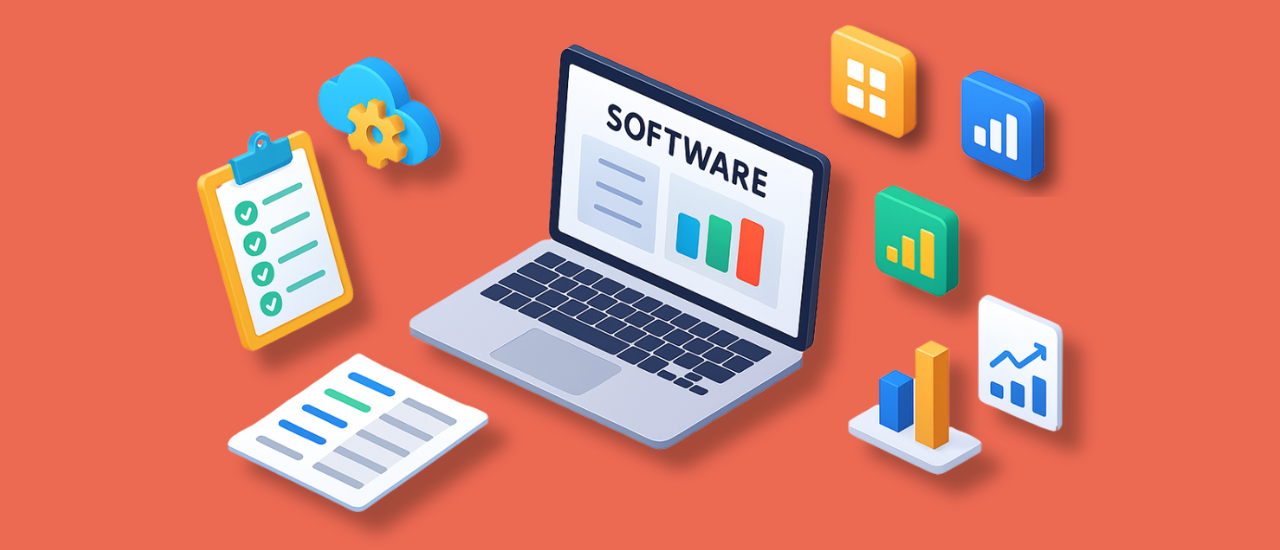
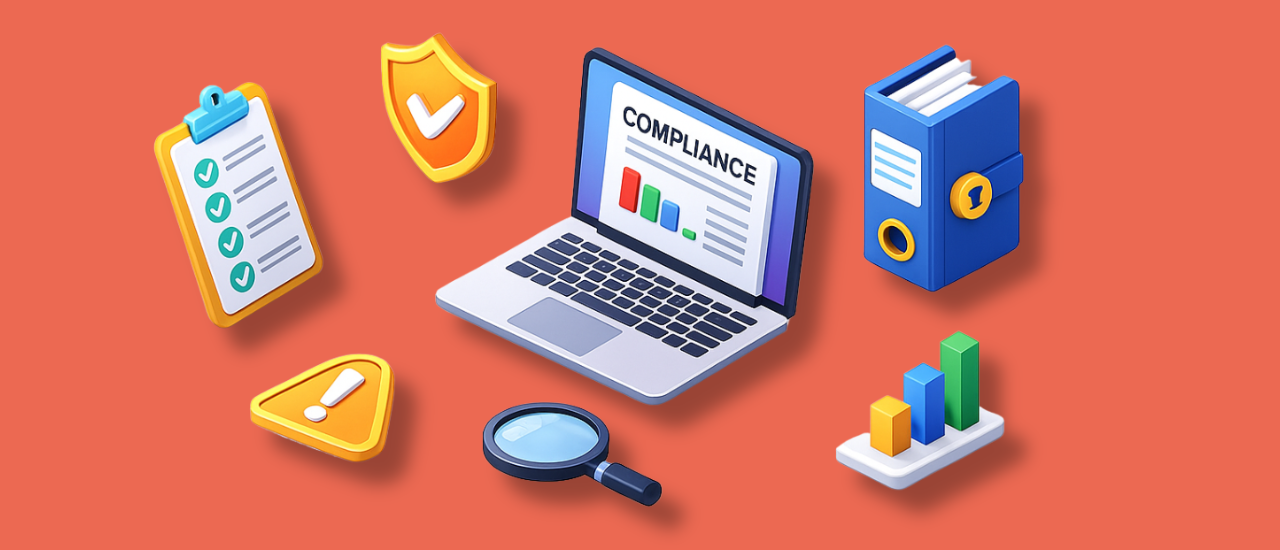
.webp)

















